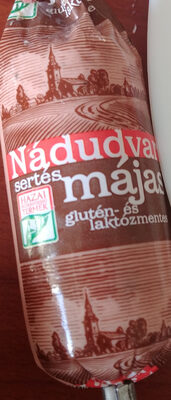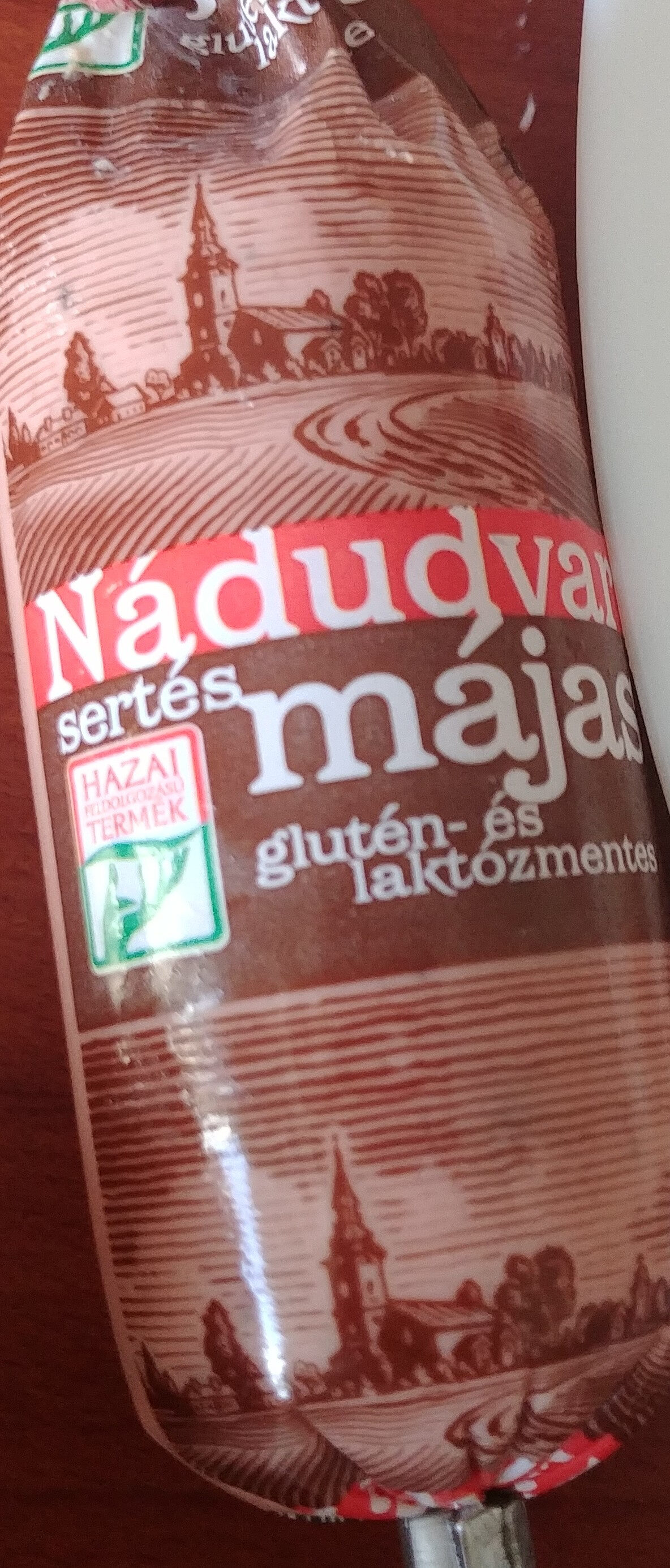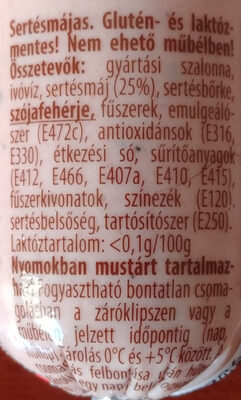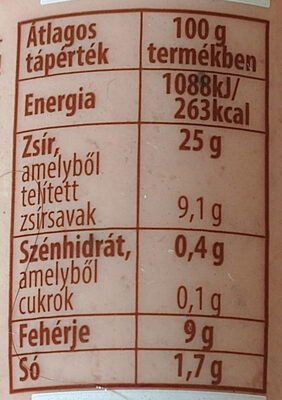Nádudvari sertés májas - - 110 g
This product page is not complete. You can help to complete it by editing it and adding more data from the photos we have, or by taking more photos using the app for Android or iPhone/iPad. Thank you!
×
Barcode: 5998202961609 (EAN / EAN-13)
Quantity: 110 g
Packaging: Plastic
Categories: Meats and their products, Meats, Prepared meats, fr:Charcuteries diverses, Pâté
Labels, certifications, awards: No gluten, No lactose
Traceability code: HU 57 EC
Stores: Tesco
Countries where sold: Hungary, United Kingdom
Matching with your preferences
Environment
Packaging
Transportation
Report a problem
Data sources
Product added on by magikarp99
Last edit of product page on by packbot.
Product page also edited by bathorypeter, hungergames, openfoodfacts-contributors, vaporous.
If the data is incomplete or incorrect, you can complete or correct it by editing this page.










